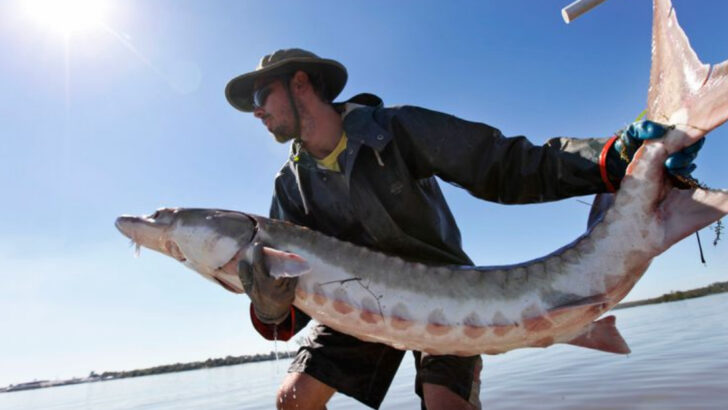They were gone.
Written off.
Lost to pollution, industry, and decades of careless damage.
But the Delaware River had other plans.
It didn’t just bounce back—it staged a wild, splashing, feather-flapping comeback.
Otters that hadn’t been spotted for generations? Back.
Bald eagles? Nesting like royalty.
And fish? Schools of them, darting like underwater confetti.
This isn’t a sappy nature documentary.
It’s a gritty, mud-slicked underdog story with claws, wings, and gills.
Because when the river roars back to life, it doesn’t whisper.
It thunders.
Let’s meet the 19 creatures that disappeared from the Delaware’s waters—and then somehow, against all odds, came swimming, flying, or crawling home.
American Shad
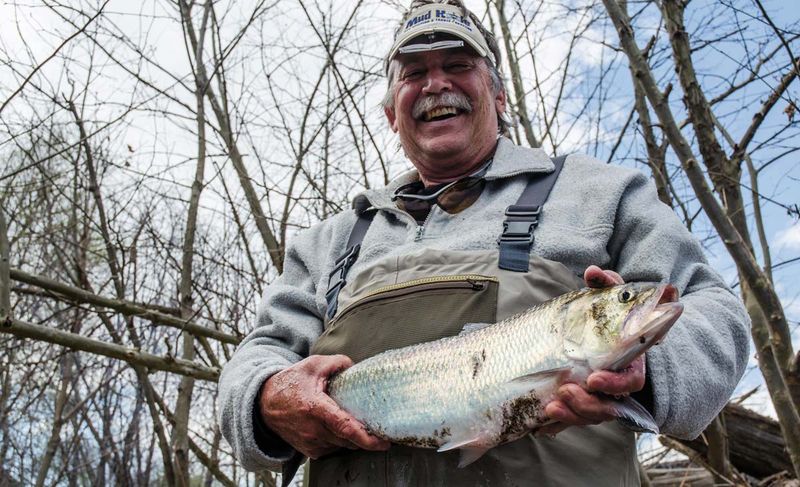
The American Shad, often referred to as the ‘founding fish,’ was once absent from the Delaware River due to overfishing and pollution. These silvery travelers, known for their long migrations, have made a triumphant return, reinvigorating local ecosystems. Their ability to leap from the water is a sight to behold, reminiscent of fish tales told by generations past.
Today, these fish are celebrated, with festivals dedicated to their yearly runs. Their return signifies a positive shift in water quality and attention to conservation, marking a hopeful chapter for the river’s future.
Bald Eagle
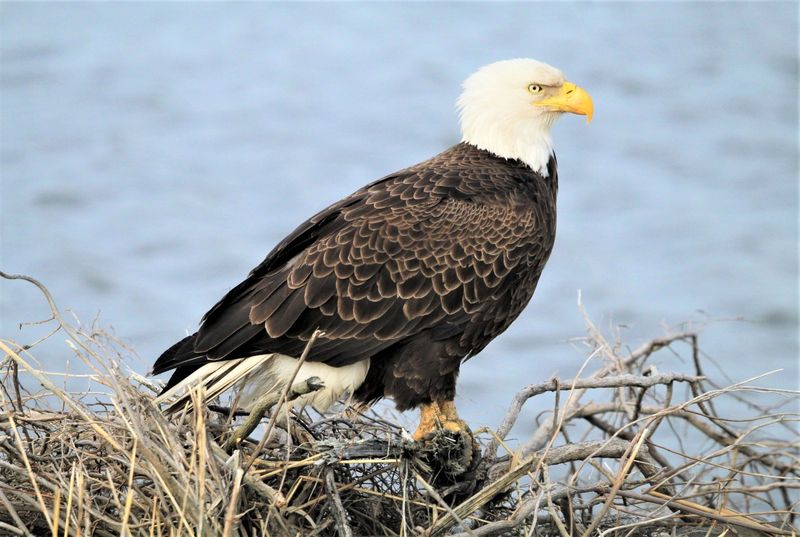
The majestic Bald Eagle, a symbol of freedom and resilience, once hovered on the brink of extinction along the Delaware River. Once declining due to DDT poisoning, these regal birds have made an inspiring comeback. Their soaring silhouettes grace the sky once again, thrilling birdwatchers and nature lovers alike.
The revival of the Bald Eagle population is a testament to successful conservation laws and habitat restoration. Observing their powerful flight and piercing eyes is an experience that underscores the beauty of natural balance when human intervention aligns with ecological preservation.
Atlantic Sturgeon
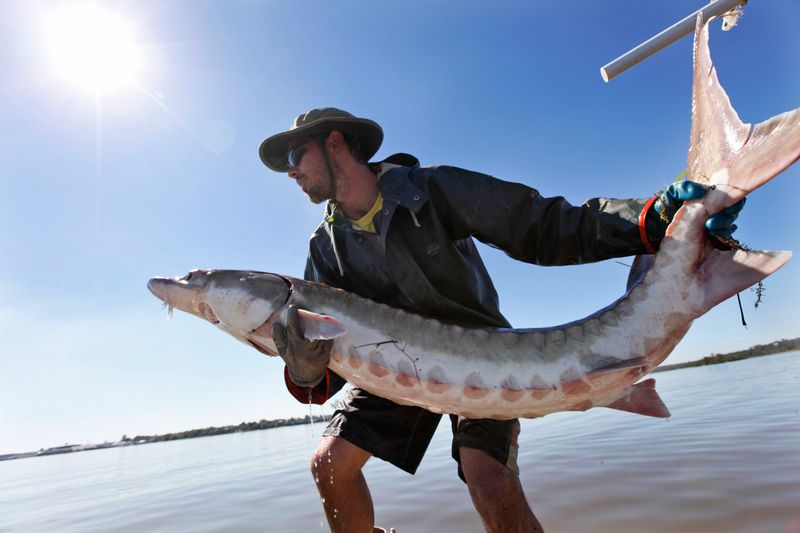
The ancient Atlantic Sturgeon, often described as a living dinosaur, faced near extinction due to overharvesting and habitat disruption. Known for its impressive size and prehistoric features, this fish has slowly returned to the Delaware River’s waters.
Their reappearance brings hope for biodiversity in the river ecosystem. Efforts to protect their spawning grounds have been crucial in this process. These gentle giants now symbolize both a connection to the river’s rich history and a potential for a flourishing aquatic future, proving that dedication to restoration can yield remarkable results.
Eastern Box Turtle
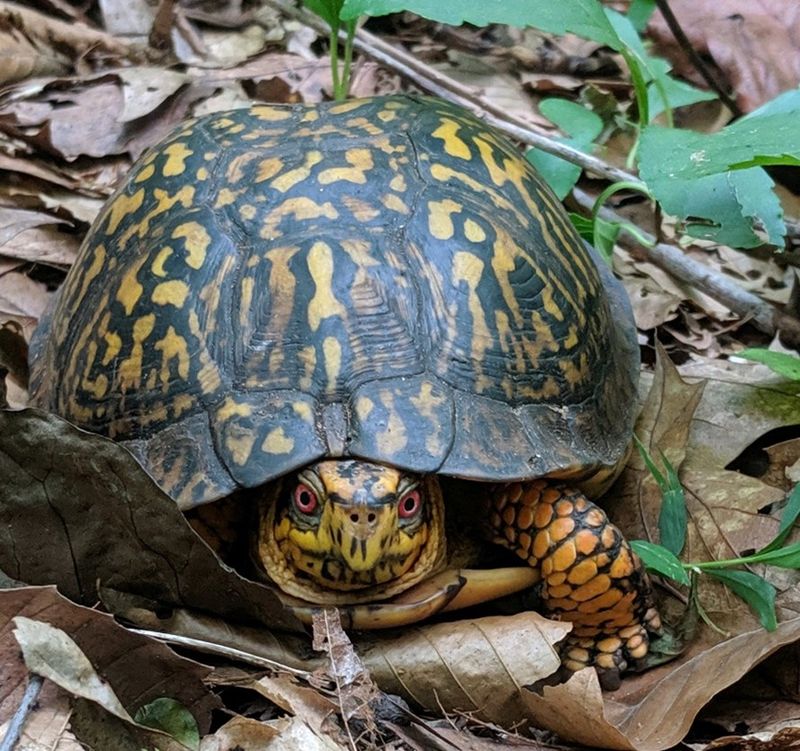
With their intricately patterned shells, Eastern Box Turtles once disappeared from the riverbanks due to habitat loss. These terrestrial reptiles are known for their enduring nature and distinctive markings. Today, they are gradually making their presence known again.
Efforts to restore riverbank habitats have been instrumental in their comeback. Spotting one of these turtles is like finding a piece of moving art, a reminder of the delicate balance in natural environments. Their return is celebrated by conservationists and nature enthusiasts, ensuring that these ancient wanderers continue to thrive alongside the river.
River Otter
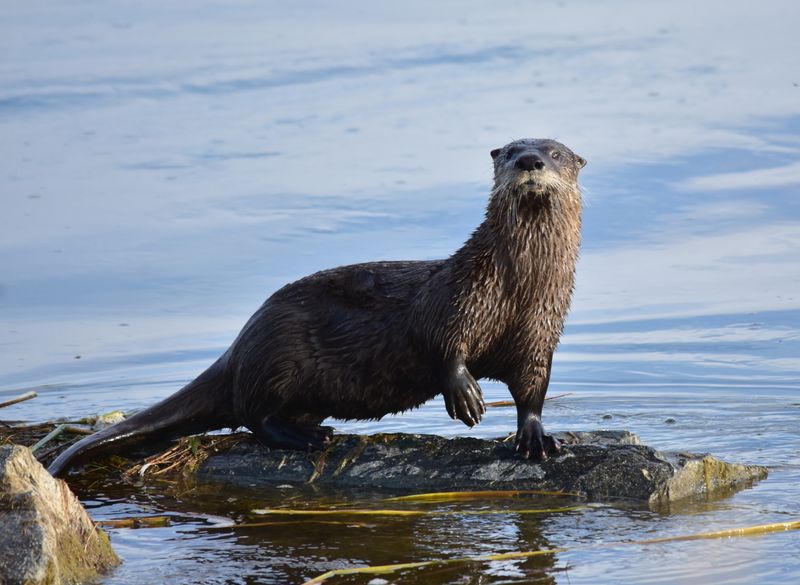
Known for their playful antics, River Otters were once a rare sight in the Delaware River. Pollution and habitat destruction had driven them away, but these agile swimmers have made a delightful return. Their playful nature and social behaviors make them a favorite among wildlife watchers.
Their comeback is attributed to improved water quality and habitat restoration efforts. Observing their sleek movements in the water is a testament to the power of ecological recovery. As ambassadors of aquatic health, River Otters bring joy and hope as they frolic in the revived waters.
Osprey
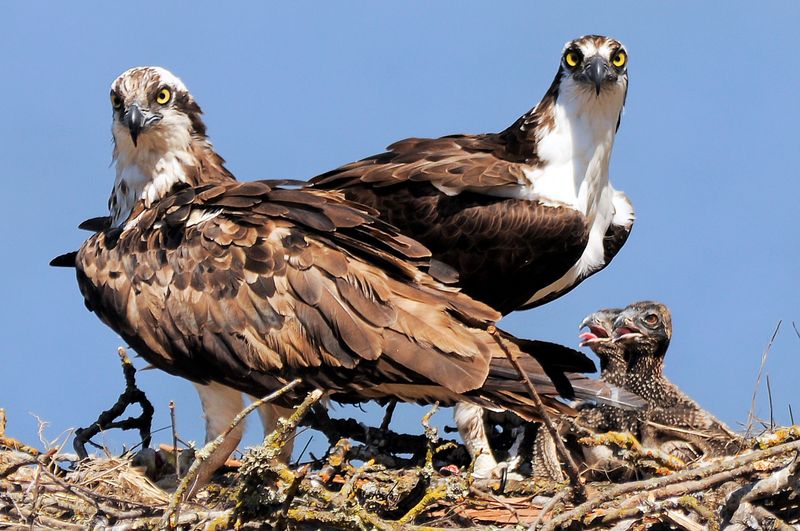
With their striking appearance and expert fishing skills, Ospreys are a captivating sight along the Delaware River. Once threatened by pesticide use, these raptors have rebounded significantly. Known for their dramatic fishing dives, Ospreys are a sure sign of a healthy river environment.
Their nests, often perched high above, are emblems of resilience and adaptation. The return of the Osprey is a success story of conservation efforts and environmental awareness. Their presence is a symbol of hope, illustrating the positive impact of dedicated ecological stewardship.
Wood Duck
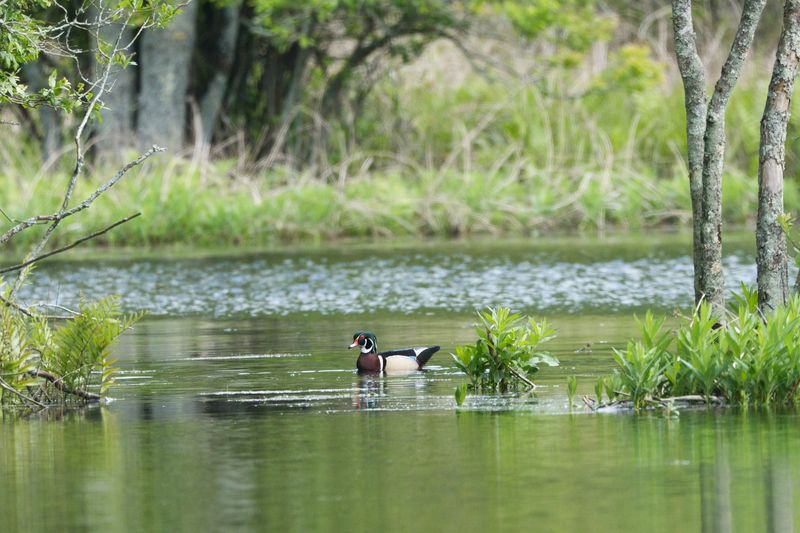
The vibrant Wood Duck, with its iridescent plumage, was once a rare find along the Delaware River. Habitat degradation and hunting pressures drove them away, but their return signifies a positive environmental shift. These ducks are renowned for their striking colors and unique nesting habits, often in tree cavities.
Conservation efforts, including the installation of nesting boxes, have aided their resurgence. Observing a Wood Duck glide gracefully on the water is like witnessing a living rainbow, a reminder of nature’s capacity for recovery and the importance of preserving natural habitats.
Shortnose Sturgeon
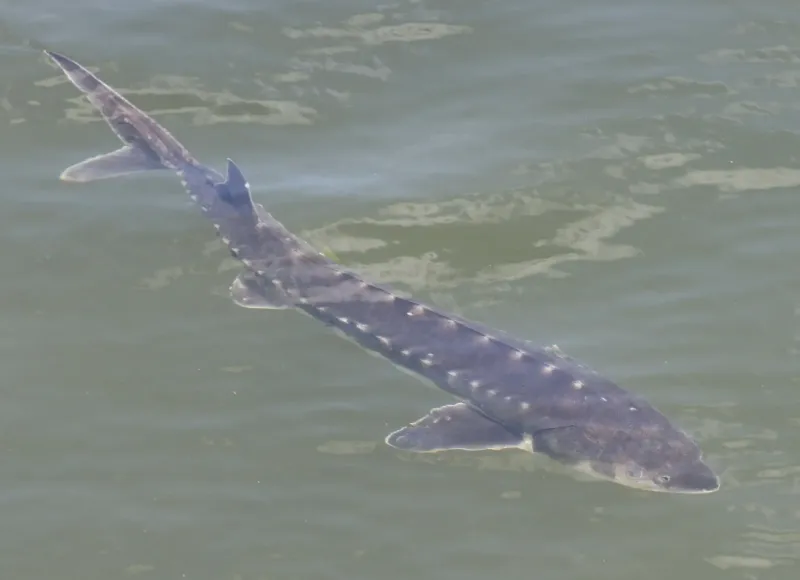
The Shortnose Sturgeon, a mysterious and ancient fish, once vanished from the Delaware River due to overfishing and habitat loss. Recognized for its unique snout and bony plates, this species has made a gradual return. Their presence is crucial for the river’s ecological balance and biodiversity.
Efforts to protect their habitats have been vital in their comeback. These sturgeons serve as a biological indicator of water quality, highlighting the success of environmental protection measures. Their return is a promising sign that restorative actions are making a tangible difference in aquatic ecosystems.
Beaver
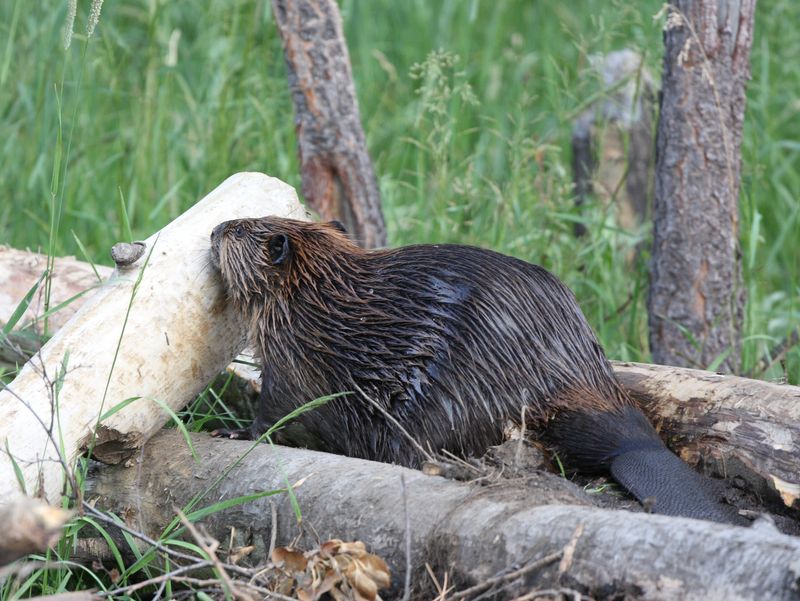
Known as nature’s engineers, Beavers disappeared from the Delaware River due to fur trapping and habitat destruction. These industrious creatures have since made a remarkable comeback, transforming the river’s landscape with their dam-building activities. Their work creates wetlands that benefit a myriad of species.
The return of Beavers signifies a healthier ecosystem, supporting increased biodiversity. Watching a Beaver at work is witnessing the art of nature’s architecture, as they craft habitats that nurture life. Their presence is a testament to the importance of coexistence and ecological harmony in our shared environments.
Northern Water Snake
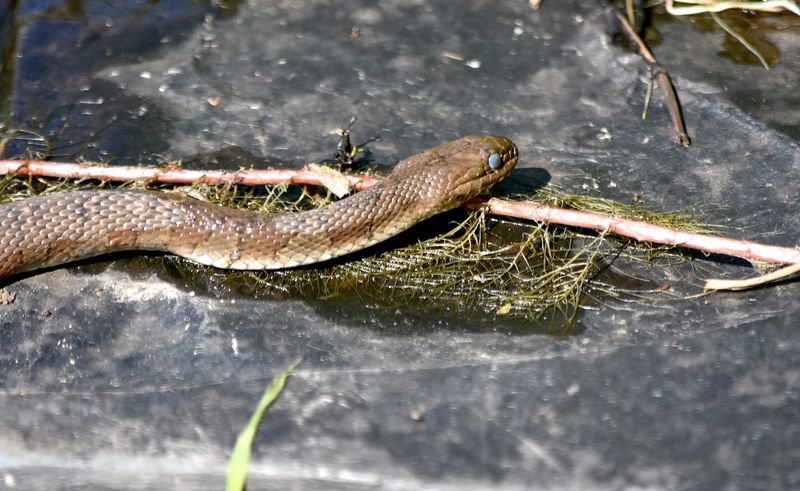
Once misunderstood and often feared, the Northern Water Snake faced decline due to habitat loss and persecution. These non-venomous snakes are now reappearing along the Delaware River, playing a vital role in controlling fish and amphibian populations. Their return marks a shift in public perception and habitat restoration efforts.
With their banded patterns, these snakes are a natural spectacle, basking on river rocks or gliding through the water. Their presence is a reminder of the intricate web of life that thrives when ecosystems are allowed to heal and flourish, benefiting both nature and people.
Great Blue Heron
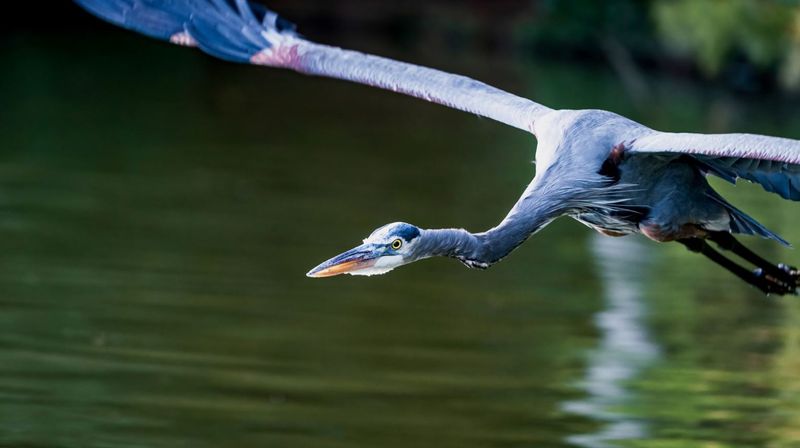
Towering and graceful, the Great Blue Heron is a bird of patience and precision. Once scarce along the Delaware River, they have returned thanks to improved water quality and habitat protection. Their long legs and keen eyesight make them expert hunters, wading silently in shallow waters.
Their presence is a testament to the river’s recovering health, drawing photographers and bird enthusiasts alike. Watching a Great Blue Heron in action is witnessing nature’s elegance and adaptability. Their return is a hopeful sign of the river’s ongoing revival, symbolizing strength and resilience.
Muskrat
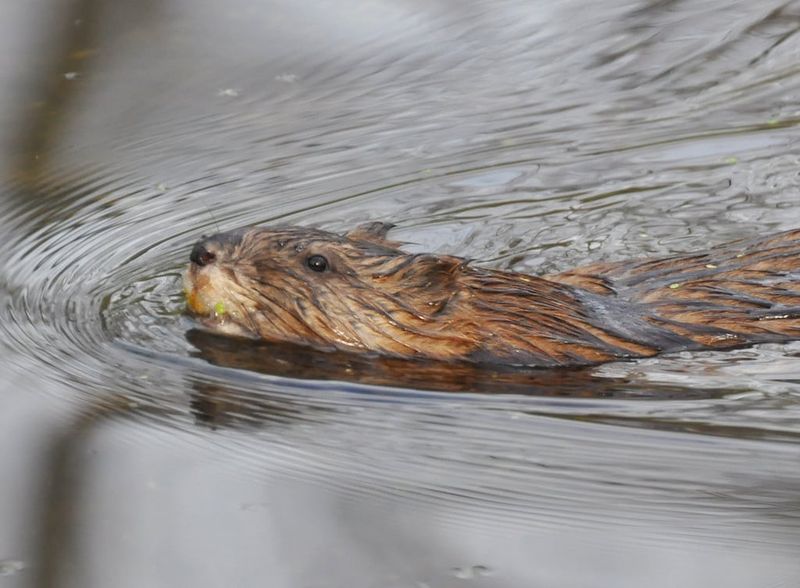
The industrious Muskrat, known for its burrowing abilities, had previously vanished from the Delaware River. Pollution and habitat degradation were key factors in their decline. However, these resilient rodents have made a notable return, rebuilding their lodges along the riverbanks.
Muskrats play a crucial role in maintaining wetland ecosystems by promoting plant diversity and providing food for predators. Observing a Muskrat in its natural habitat underscores the river’s ecological recovery. Their return is a testament to nature’s persistence and the positive impact of environmental conservation efforts.
Snapping Turtle
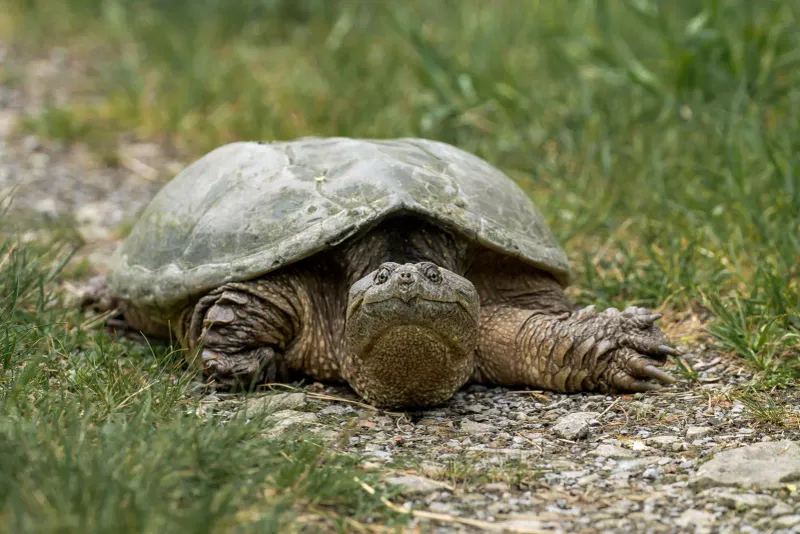
The Snapping Turtle, with its prehistoric appearance and formidable reputation, once faced decline in the Delaware River. Overharvesting and pollution threatened their populations. Now, these ancient reptiles are returning, a sign of improving environmental conditions. Known for their powerful jaws, they are a vital part of the aquatic food web.
Spotting a Snapping Turtle sunning on a log or slipping into the water is a reminder of the river’s rich biodiversity. Their resurgence highlights successful conservation measures and the delicate balance required to maintain thriving ecosystems.
Painted Turtle
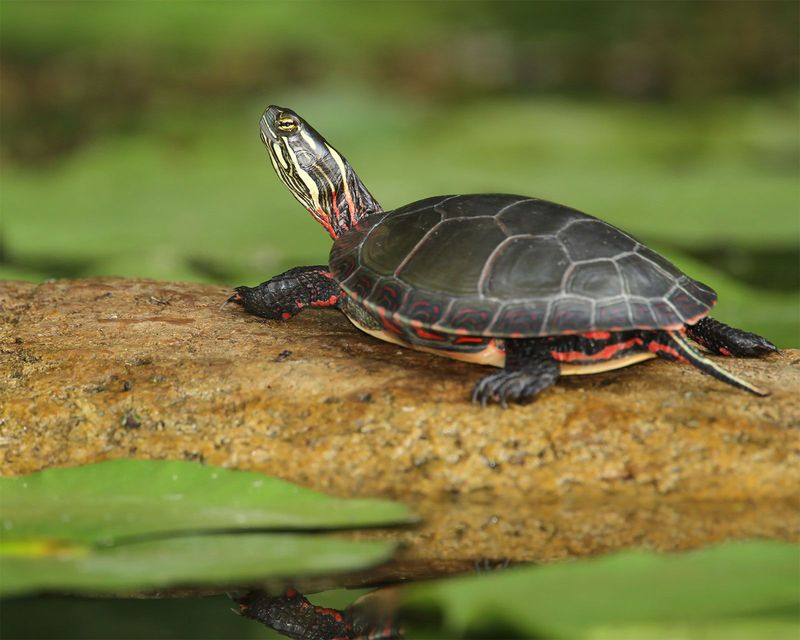
With vibrant markings on their shells, Painted Turtles are a colorful addition to the Delaware River’s wildlife. Once declining due to habitat loss, these turtles have reestablished themselves along the riverbanks. Their sunbathing habits and striking appearance make them a favorite among wildlife enthusiasts.
Efforts to protect wetland habitats have been crucial to their comeback. Observing a Painted Turtle basking in the sun is like glimpsing a natural gem, a reminder of the beauty that lies in preserved ecosystems. Their return symbolizes the success of habitat restoration and wildlife protection.
Common Merganser
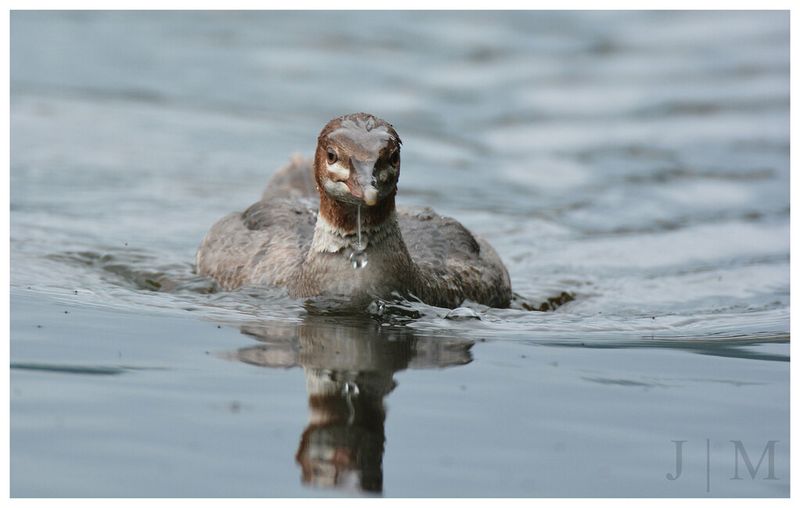
The Common Merganser, a striking diving duck, was once a rare sight along the Delaware River. Habitat degradation and water pollution led to their decline. Today, these expert fishers are making a comeback, gracing the river with their sleek forms and vibrant plumage.
Their return is thanks to improved water quality and conservation efforts. Observing a Common Merganser dive for fish is witnessing mastery in motion, a testament to the river’s revitalization. Their presence is a sign of ecological health, proving that recovery is possible with dedicated environmental stewardship.
Red Fox
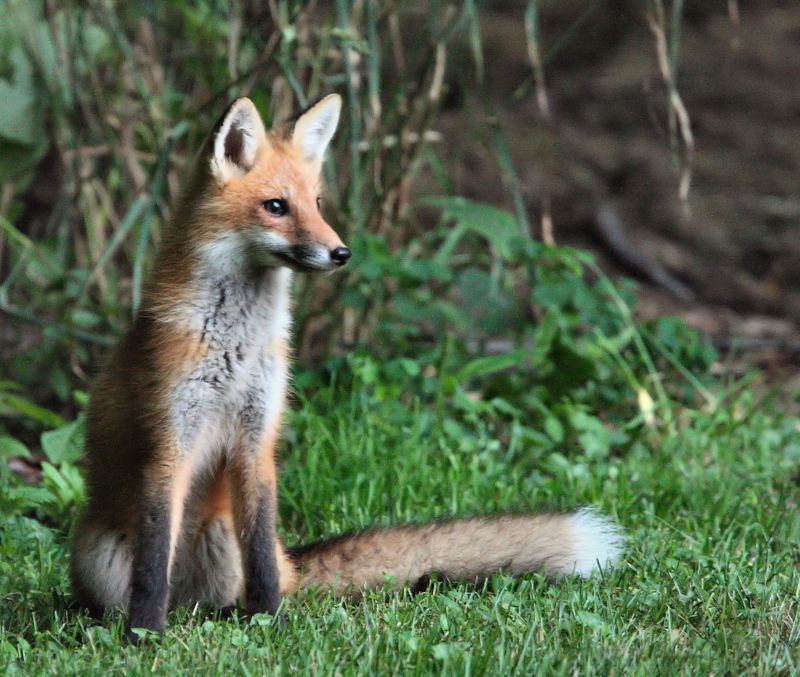
Cunning and adaptable, the Red Fox once faced challenges along the Delaware River due to habitat loss. These intelligent predators have since made a successful return, flourishing in the diverse landscapes surrounding the river. Their keen senses and distinctive coats make them a sight to behold.
The return of the Red Fox is a testament to the resilience of wildlife and the restoration of natural habitats. Spotting one of these elusive creatures is a thrill for nature enthusiasts, symbolizing hope and the enduring spirit of the wild in an ever-changing world.
Pileated Woodpecker

The Pileated Woodpecker, with its striking red crest and distinctive drumming, was once a rare sight near the Delaware River. Deforestation and habitat loss had driven them away. Today, their rhythmic calls echo through the forests once more, a sign of ecological recovery.
Their powerful beaks and dramatic flight make them a captivating presence in wooded areas. The return of the Pileated Woodpecker is a success story of forest restoration and wildlife protection. Their presence is a symbol of hope, illustrating the resilience of nature when given the chance to thrive.
Black Bear
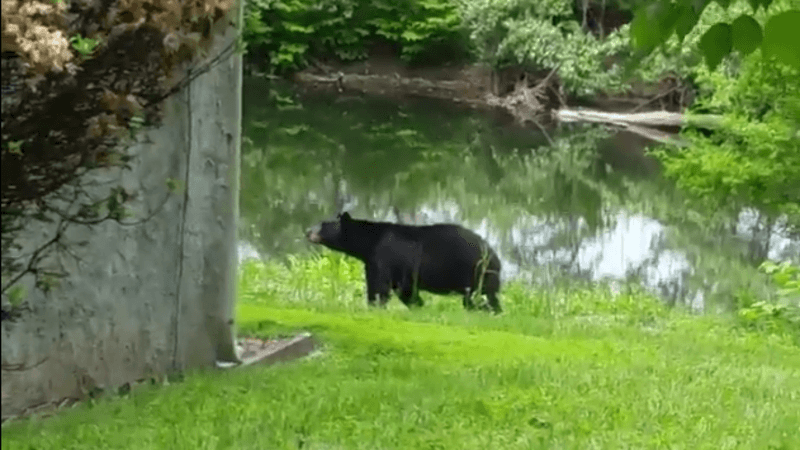
Once scarce, Black Bears have made a remarkable comeback along the Delaware River. Habitat fragmentation and hunting had previously diminished their numbers. These powerful creatures are now reclaiming their territories, roaming the river’s surrounding forests.
Their return is a testament to successful conservation measures and the restoration of natural habitats. Observing a Black Bear in the wild is a reminder of the wilderness’s raw beauty and the importance of preserving it. Their resurgence symbolizes the balance of nature restored, offering hope for future generations of wildlife.
American Eel
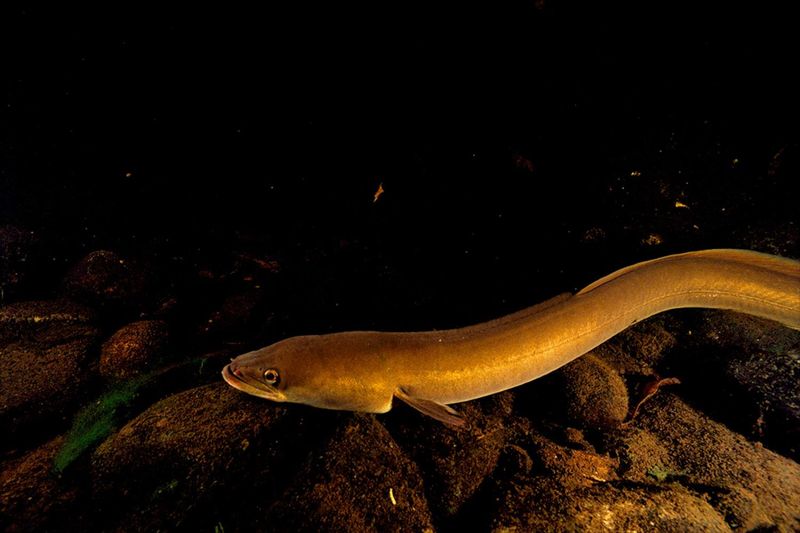
Slithering through the Delaware River’s waters, the American eel has made a remarkable return. Once thought to be dwindling due to overfishing and habitat loss, these eels are now reappearing in significant numbers.
With a body that can grow up to four feet long, they are nimble and elusive. Their life cycle is fascinating, starting in the Sargasso Sea and traveling thousands of miles to grow in freshwater rivers.
Did you know? These eels can live for decades, making their journey and comeback a testament to nature’s resilience and adaptability.

